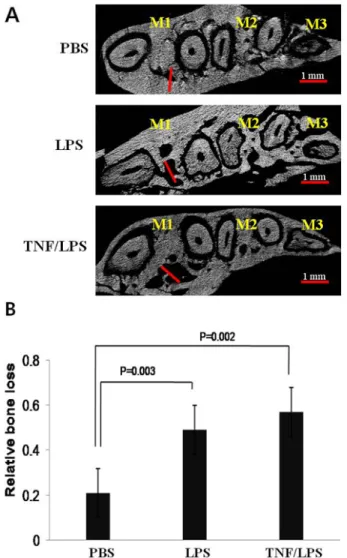http://dx.doi.org/10.11620/IJOB.2013.38.3.087
*Correspondence to: Hae-Ryoung Park, Division of Pre-service Teacher Training Course and General Studies, Kwangju Women's University, 201, Yeodai-gil, Gwangsan-gu, Gwangju 506-713, Republic of Korea, Tel: +82-62-950-3751,
Fax: +82-62-950-3617, e-mail: hrpark@kwu.ac.kr
This is an Open-Access article distributed under the terms of the Creative Commons Attribution Non-Commercial License(http://creati- vecommons.org/licenses/by-nc/3.0) which permits unrestricted non- commercial use, distribution, and reproduction in any medium, pro- vided the original work is properly cited.
Quantification of Microstructures in Mice Alveolar Bone using Micro-computed tomography ( µCT)
Hae-Ryoung Park
1*, Hyun-Jin Kim
2, and Byung-Ju Park
31
Division of Pre-service Teacher Training Course and General Studies, Kwangju Women's University
2
Department of Oral Anatomy, School of Dentistry, Wonkwang University
3

